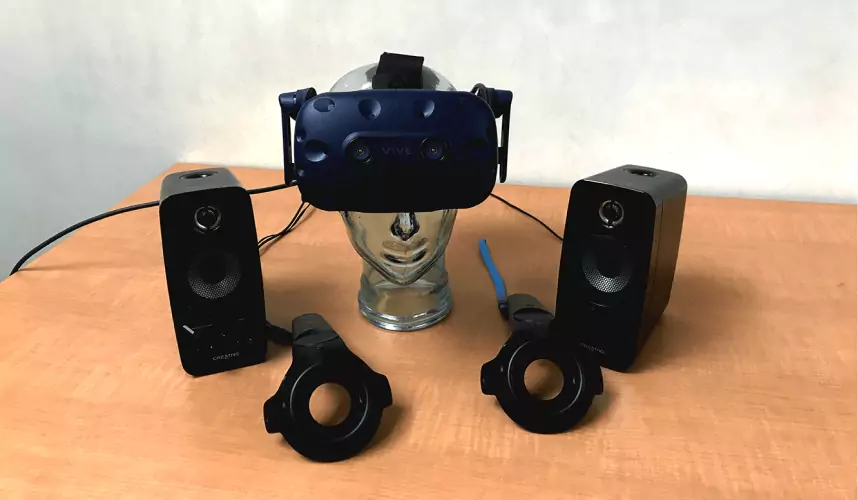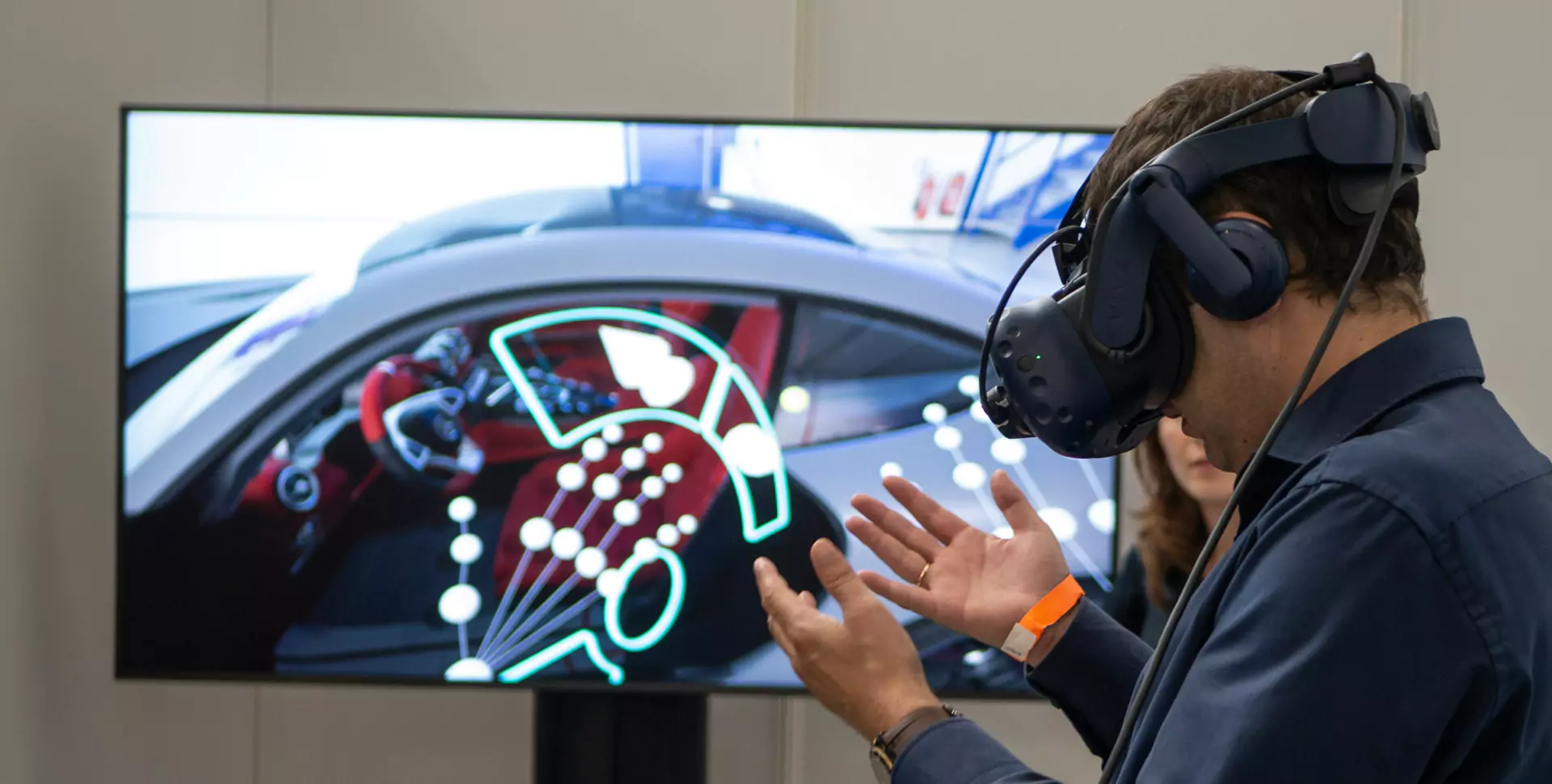Introduction
Current speakers on IoT hubs are limited, as they do not provide spatial audio experiences. Current spatial audio techniques do not scale to IoT needs, due to high cost, maintenance, and latency. To provide spatial audio for existing IoT environments, we propose and demonstrate a distributed spatial audio system that uses time-domain crosstalk cancellation among a multi-speaker IoT system to position virtual audio throughout a room.

Proposal
Spatial audio – the ability to perceive the direction and location of sound – adds a richer, more immersive experience. This could transform how we interact with smart devices in our homes. Today’s smart speakers, like Amazon Echo or Google Home, only play sound from one spot, making all audio feel like it comes directly from the device. We want to change that. Our goal is to build a system that makes sounds feel like they come from different places in a room, using the smart devices people already have. This would allow for more intuitive, context-aware applications.
Our approach involves a distributed spatial audio system that adapts to both the user and the environment. It relies on a real-time, low-latency technique called time-domain dynamic crosstalk cancellation, which uses precise amplitude and delay adjustments to simulate directional sound across multiple devices.
